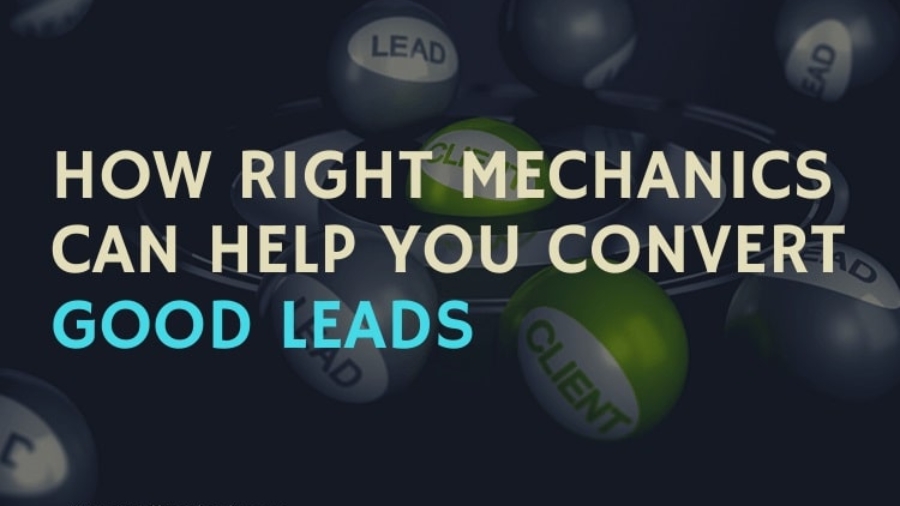In the B2B landscape, the overall sales opportunities and leads that have the capacity to convert, determine the financial health of the business. While the sales and marketing functions do operate with differently; there common aim is it to get more business, more ROI! And this can be determined by the SQLs (Sales Qualified Leads) to a large extent!
The most enabling functions of a b2b organization; the sales and marketing teams; if not aligned, can also become the reason for not achieving the desired business outcomes. This is a known fact and many organizations are therefore striving to bring coherence, coordination and collaboration between these two teams.
Though the sales and marketing processes are different; the marketing department’s job is to ensure that the good leads are discovered and passed on to the sales funnel and the job of the sales department is to ensure the organization, that all the good leads will be converted into business with nurturing and other strategies.
However; according to research here are some startling stats that are eye opening in terms of the need to focus on the SQLs:
- Almost 79% of marketing leads never convert into sales
- Nearly 61% of B2B marketers send all the leads directly to sales; but only 27% of those leads get qualified
- Only 56% of b2b organizations verify leads before sending them to sales
- Almost 65% of companies have not established lead nurturing processes
- A whopping 79% of organizations have not established lead scoring
All these statistics proves the need to have a more coherent process for both sales and marketing teams and how identifying sales qualified leads is the need of the time.
So why is SQL (Sales Qualified Lead) so vital for better ROI?
A lead that is ready to buy, right away, is the golden opportunity for the sales team to achieve the desired b2b ROI. An SQL is usually defined as the lead who is interested in buying your services. It is therefore important that the Sales and Marketing teams identify these potential leads and engage them further for more actionable decision making.
So how do you perfect the SQL performance or conversion rate?
This is where the lead scoring comes in. The quality of an SQL reflects the quality of the MQL and lead scoring processes and so on. When all these beads are woven with a common string that makes sure the MQLs are qualified to be the perfect SQLs and so on; the results begin to appear. So how the sales team can effectively engage the MQLs determine the success of SQLs too. Without the coherence of both the teams and clear communication regarding goals, this cannot be achieved.
An effective SQL framework enables marketers to make a timely sale to the right prospect. In order to achieve this, one needs to understand certain factors. Precise identification of prospects is one of them and a very important one at that!
Your target audience is important and aligning your business goals with the need of the audience is crucial. What this means is that one should put in all efforts in identifying the sales-ready leads from amongst the prospects. Also align nurturing strategies such as great content and communication for the right leads at the right time. Focusing on long-tail keywords is important too.
Conclusion:
There are many ways in getting good leads and converting them. But if you focus on the most crucial part of your sales cycle i.e. the sales qualified leads and have a workable plan to convert those leads, you won’t be too far away from your lead conversion goals.



